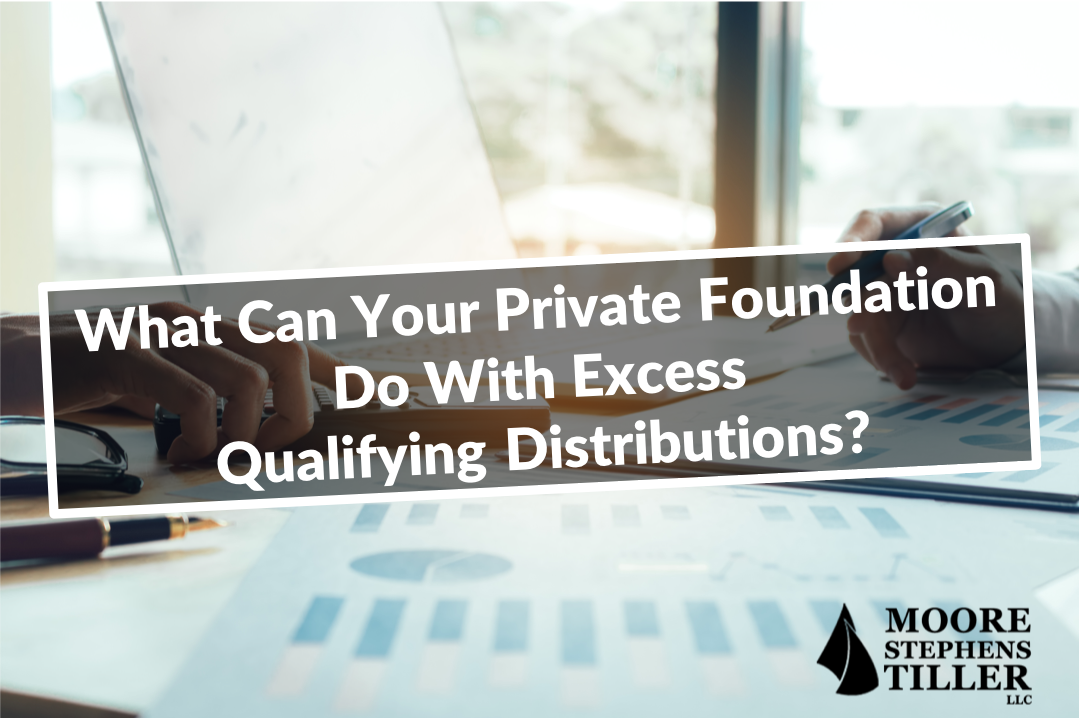
50 years ago, the U.S. Congress enacted the Tax Reform Act of 1969. This action came as the result of a report the Treasury Department had released, the Report on Private Foundations. To correct the problem of “delay in benefit to charity,” Congress passed IRC 4942, which would require private foundations to distribute a “qualifying distribution” to support for charitable organizations for taxable years that fell after December 31, 1969.
Prior to 1969, private foundations could accumulate funds without any strict guidelines about distributions. They could, however, lose their federal income tax-exempt status if their accumulated income was “unreasonable” relative to their ability to carry out the philanthropic actions that allowed them to avoid federal income taxes.
There were two problems with the law prior to 1969. Revoking a private foundation’s tax-exempt status seemed unduly harsh. And “unreasonable” is a subjective term. Enforcing this provision proved problematic and expensive.
The Solution: IRC 4942 Taxes on Failure to Distribute Income.
To maintain your tax-exempt status, your private foundation must distribute at least 5 percent of the fair market value (FMV) of your investment assets in support of public charities.
IRC 4942 is lengthy and complex, and like much of the IRS tax code, riddled with requirements and exceptions. Among its rules are two that affect your private foundation greatly. First is the penalty levied as an additional tax that can be imposed on your undistributed income.
Second is the carryover of excess qualifying distributions.
If your private foundation distributes more than the mandated 5 percent in a given year, you can use the excess to reduce your required distributions in any taxable year of the “adjustment period.” This refers to the five taxable years that immediately follow the year you made excess distributions.
Qualifying Distributions
The IRS defines several types of “qualifying distributions,” including:
- Grants made to support direct charitable activities.
- Your direct expenses (compensation and travel, materials and supplies, etc.) identified with a specific activity.
- Your indirect expenses (your foundation’s overhead) incurred to support those conducting an exempt activity.
- Any costs you incur to solicit grants or contributions to your private foundation (preparing Form 990-PF, publishing the public annual report, etc.).
Stiff Penalties
Your 5 percent distributions must be made by the first day of the second tax year subsequent to the year they were required. If your private foundation fails to comply, you’ll be required to pay a penalty that is equal to 30 percent of the amount that your distributions fell short. That number increases to 100 percent just 90 days after being notified by the IRS.
Obviously, your private foundation wants to be in compliance with these requirements. But again, the IRS tax code in this area is filled with complexities and exceptions. If you’re not already working with us on the challenging accounting and tax preparation you must do, we recommend that you do. Contact us, and we’ll get started.
